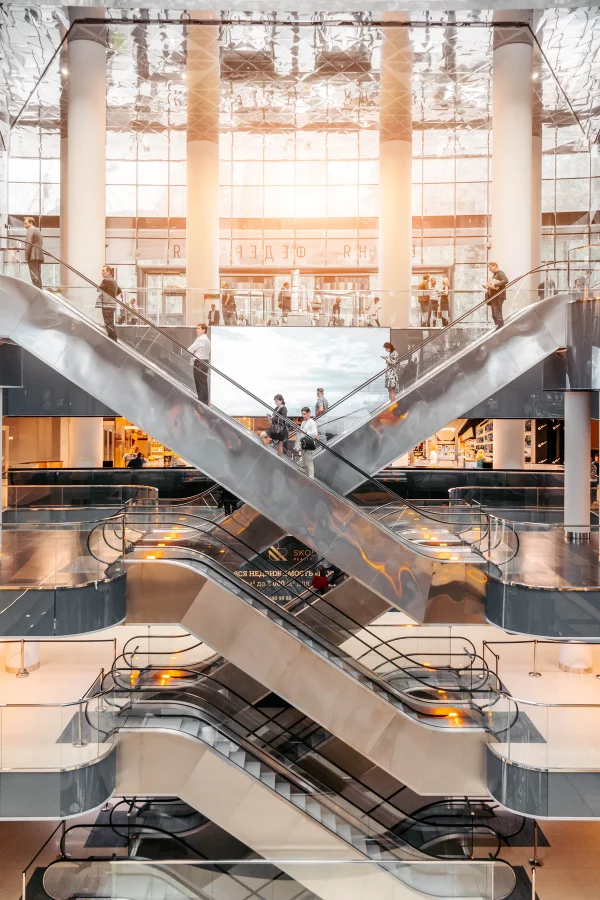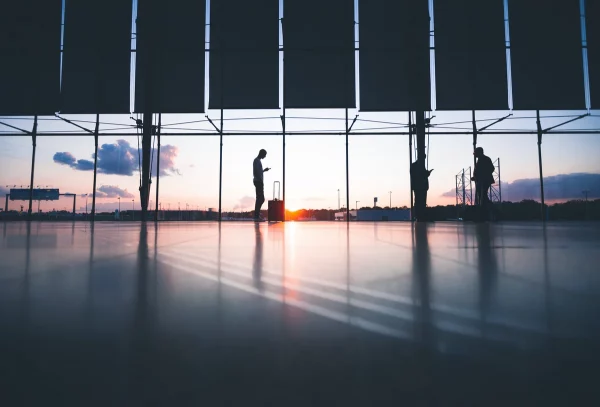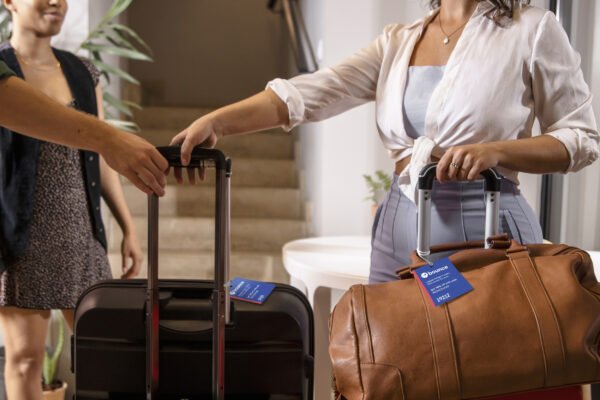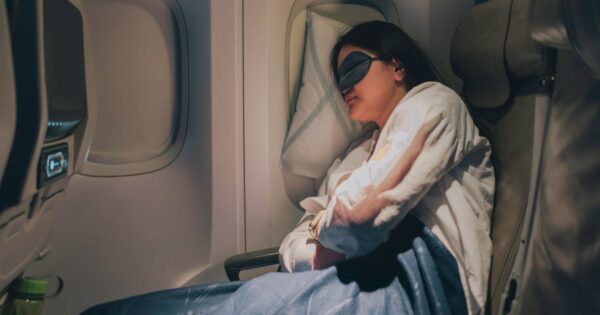
Indoor Wayfinding Shows a Route to Boost Business

If a business needs to move customers, clients or staff from A to B efficiently, it needs to pay attention to wayfinding. Wayfinding helps people navigate from one area of a physical space to another area. Traditional wayfinding is delivered through office signs and on-wall maps (the classic ‘you are here’ arrow or dot), but it has limits to its effectiveness.
Frustrated customers, wandering around aimlessly looking for specific services or brands, or not knowing which services and brands are available is not good for the businesses operating in a shopping centre or mall. Yet 69% of customers who visit a shopping mall get lost at least three times. Employing digital wayfinding can help reduce the number of lost shoppers, plus boost footfall: a 41% increase in footfall has been attributed to wayfinding technologies in shopping malls.
How does digital wayfinding work?
Indoor wayfinding, developed by companies like BuzzStreets, uses a system of BLE Beacons, Wi-Fi signals, and the Earth’s magnetic field to pinpoint the person’s location, giving them real-time directions, both spoken and visual, to allow them to navigate through a building, both horizontally and vertically.
When the person arrives at a shopping mall/sports stadium/office building, etc., an app calculates a route from their current location to the point in the building they need. As they progress along the route the app constantly updates showing them where they are and giving them regular voice and visual updates to show them where and when to turn, go straight-on, or change floors. It will also let the person know when they have arrived at their destination. However, unlike car sat-nav the system is accurate to 1-2metres as the ‘sensors’ are within the building (not 12,000 miles away in space).
This means it can take a person direct to their seat, or a specific shop, or even a location within a shop.
Additional data availability
There are advantages to retail businesses beyond keeping customers chipper; digital wayfinding technology can gather extremely useful anonymous navigation data:
• How do people move around your shopping centre?
• Where does your shopping centre get the highest footfall?
• What route do they take to the car park?
• When are people most likely to buy food?
Data can help answer all of these questions and many more. Shopping centres can use this data to optimise their environments to improve the user experience, save money, and market their available retail spaces.
If a specific area of a shopping centre gets particularly high foot traffic, the retail space around it may be worth a lot more(in terms of rent) than areas with less footfall. Centre owners can then maximise the value of their space.
Airport wayfinding

Digital wayfinding provides similar solutions to similar issues for airport operators. Almost three quarters of travellers report having had a bad experience trying to find their gate. Airports tend to be complex places; often airports have been extended several times. They are extremely busy places with numerous retail and food and beverage outlets competing for the attention of travelers with their own eye-catching signage experience from sign experts at SignSite.com.au and frequently there are ongoing construction projects or temporary restrictions, and when abroad, signage in a foreign language is added to the mix.
By easing the flow of travellers (most of whom will be much less familiar with the airport than they are with their local mall), digital wayfinding can improve the experience of being in an airport environment, and data gathering can answer similar questions about footfall, routes taken and demand on facilities, perhaps identifying if improvements or expansion of car parking or public transport options are required.
Additional wayfinding opportunities
In addition to aiding the businesses based at airports and shopping centres, digital wayfinding can also bring benefits to hospitals, sports stadiums, entertainment venues, university campuses, fairs and large offices. Clients arriving at an unfamiliar office environment can become lost in a maze of floors and corridors. They can arrive late and flustered to meetings without any time to set up their laptop for a presentation or even make a pre-match visit to the little boys’/girls’ room. The result is stressed clients and ramshackle presentations.
Again, data gathered by digital wayfinding technology can be very useful:
• How do people move around your office?
• What route do they take to the train station?
• Is there a better way to manage meeting rooms?
• Why are people visiting your office in the first place?
• Where do staff tend to congregate?
• Are certain spaces underused?
By providing answers to all of these questions, wayfinding gathered data can allow businesses to optimise their environments and also their resources – the technology is so much more useful than just moving from A to B.
About the Author: Joe Fernandes is founder and CEO of BuzzStreets, an award-winning navigation platform, that enables organisations (hospitals, shopping malls, airports, offices, stadiums, etc.) to offer their customers an indoor way-finder that allows them to navigate inside the building. The client arrives at the entrance or reception and then uses the bespoke app to navigate to the specific location (room, shop, check-in, office, or even seat) they need. BuzzStreets also supplies movement analytics that can help improve building efficiency and keep track of vital equipment.












































